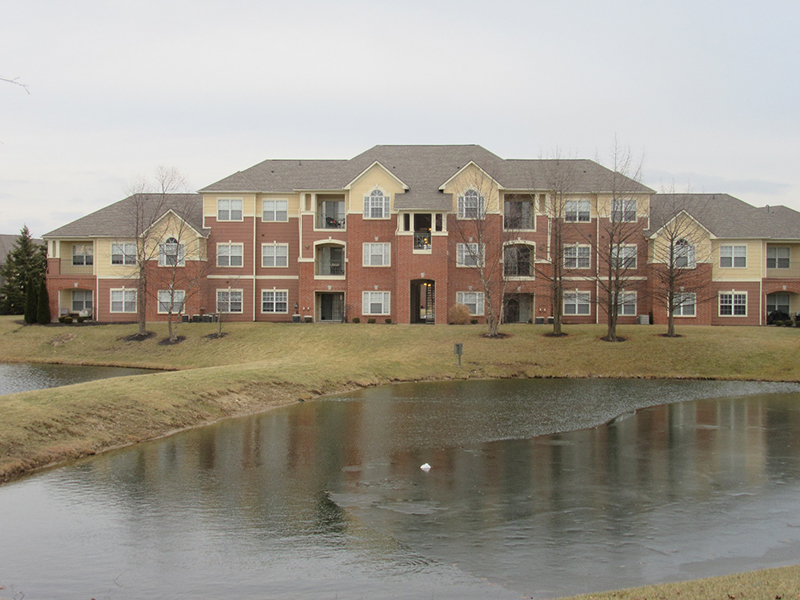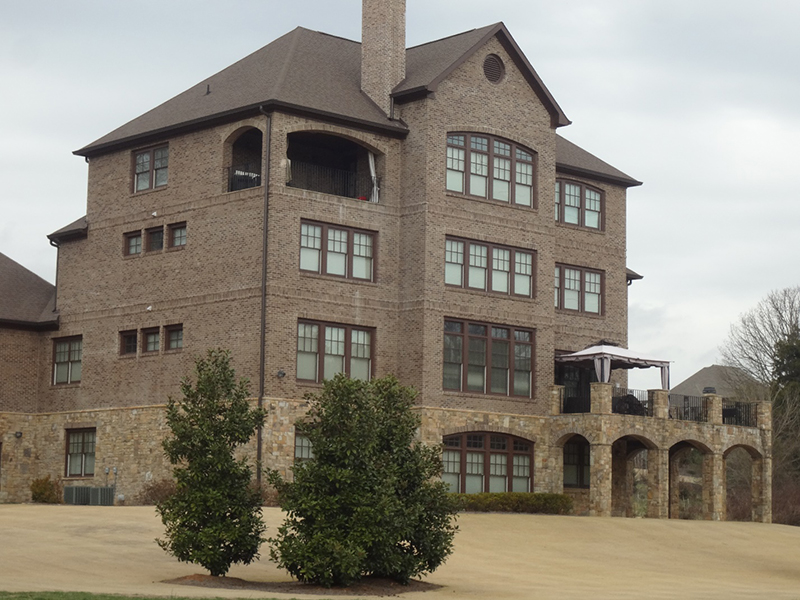By Michael Wilbur
Every fire department has ground ladders. They come from the factory with every pumper, aerial ladder, tower ladder, and articulating platform. But, how much thought do departments give to the numbers, types, and lengths of ground ladders that are really needed in their communities?
We should be very conscious of the way we use ground ladders and what we should have to meet our needs, which obviously depend on where we respond and the types of situations we can expect to encounter.
We tend to spend a lot of time thinking about our aerial requirements—whether we need an aerial ladder, a tower ladder, or an articulating platform device; midmount or rear-mount; six wheels or 10; with H-jacks or X-jacks. All of these are important considerations that require a serious analysis of our operational requirements. We should give just as much thought to the ground ladders that will be carried on those vehicles.
Many fire departments simply accept the standard complement of ground ladders provided by the apparatus manufacturer, which was previously based on the minimum requirements listed in National Fire Protection Association (NFPA) 1901, Standard for Automotive Fire Apparatus. Recent editions of this standard called for a minimum of two extension ladders, two straight ladders with roof hooks, and one folding ladder to be supplied with an aerial apparatus, with a minimum total length of 115 feet. If the apparatus is a quint, only one ladder of each type was required, and the minimum total length was 85 feet.
In many cases, the complement of ground ladders is determined by the space available to store them on the apparatus. More often than not, the apparatus is delivered with just enough ground ladders to satisfy those minimum requirements. A 35-foot extension ladder is usually the longest provided.
This changed with NFPA 1900, Standard for Aircraft Rescue and Firefighting Vehicles, Automotive Fire Apparatus, Wildland Fire Apparatus, and Automotive Ambulances, which is the new standard consolidating 1901 and three other documents into one new document. Going forward, there will be no minimum requirement for ground ladders. It will be left to the authority having jurisdiction—presumably the fire department purchasing the vehicle—to specify the ground ladder requirements. Presumably, it would be possible to call for as many or as few ground ladders as the fire department feels it needs. The standard would allow for ground ladders to be completely omitted if the fire department does not require them (photo 1).
1 This building design is typical of buildings being built around the country today. This offers the fire department significant challenges in terms of the need for long hose stretches and a number of longer portable ladders. (Photos 1-2 by author.)
A generation ago, NFPA 1901 called for a minimum of 212 feet of ground ladders. Most ladder companies were equipped with 45- or 50-foot ground ladders. Today, some fire departments still specify ground ladder complements that are well in excess of the minimum standards, generally because they use them regularly and know what they need to provide ground ladder coverage for the types of buildings to which they respond. When we look at photos and videos of fires in different towns and cities, it is evident which fire departments are serious about laddering every burning building and which ones do not consider it to be important. Unfortunately, many fire departments simply don’t give this subject a lot of thought and settle for what comes with the new truck.
In the process of conducting fleet evaluations and aerial needs assessments in many different communities, I have discovered a significant number of situations where the need for additional and longer ground ladders was evident.
It is not unusual to find townhouse developments and garden apartment complexes that are barely accessible for aerial apparatus on one side and maybe only a limited area on that side. Some departments might not face these challenges, but what if you respond mutual aid into an area that has them? How many portable ladders of what lengths would be needed to cover the remainder of those buildings?
We have also seen very large single-family homes constructed on sloping properties, where the front looks like an ordinary two-story McMansion but the rear bedroom windows are more than 40 feet above grade. If the longest ground ladder carried on responding apparatus is 35 feet, how would you rescue an occupant or a firefighter from those areas? Suddenly, the need for a 45-foot ladder would become very evident (photo 2).
2 The fire department would have little chance of success with a house fire in this dwelling with firefighters trapped on the upper floors without the needed portable ground ladders.
The need to rescue occupants is usually the first thought when we talk about ladders and aerial devices, but there are additional important considerations that should not be overlooked. Whenever we think about fighting a fire in a building, we should be thinking about how we will get out of it if conditions change rapidly. That is why some fire departments systematically position ground ladders as escape paths from every level of every section of a fire building. Properly laddering the building is a standard operating procedure, and it requires enough ground ladders of the right lengths to do the job (photo 3).
3 Firefighters at this residential building fire have provided a secondary and a tertiary means of escape with multiple portable ladders deployed in the event interior conditions rapidly deteriorate. (Photo courtesy of Nick Wilbur.)
One fire department ordered a significant number of new ladder trucks and changed its requirements for the longest ground ladder from 45 feet to 40 feet because the successful bidder indicated that it would fit better into the space that was set aside in the manufacturer’s standard design. In the subsequent years, the department determined that its city had many three-story buildings where the roof was just over 40 feet above grade. In the frequent instances that an aerial ladder could not reach the roof because of overhead wires, the 40-foot ladders turned out to be just a little bit too short. It would have been good to make that determination before the trucks were purchased.
Interestingly, when that same department placed another order for several aerial ladders, this time with 45-foot extension ladders in the specification, the dealer tried to convince them that they were not needed because the NFPA standard doesn’t require them. He was truly surprised to learn that the 45-foot ladders had been specified because the fire department had determined that it needed them.
We have also heard from many fire chiefs that it is no use carrying more ground ladders, especially longer ones, because they don’t have the personnel that would be required to raise them. That is a very legitimate problem, but it is also an undeniable fact that you can’t raise a ladder that you don’t have. If there is someone in need of rescue at a window, and the only ladder that will reach is a 45-footer that requires at least five firefighters to raise properly, we can set aside a few other tasks to get that ladder into position. We could ask officers if they are on scene or even civilians and ensure we request additional fire units into the scene. If we don’t have a 45-foot ladder, that option simply isn’t available.
Ideally, we would have all the ladders we need and all the firefighters needed to make use of them, but we do not live in an ideal world. At least if we have the ladders, we have a better chance of success. Without them, there is no chance of success. If we have members who are not qualified for interior firefighting operations, raising ground ladders could be a good task for them.
Many fire departments have not given a lot of thought to the types of challenges that exist and are being built around them. The experienced eye of a competent evaluator should be able to recognize situations that deserve special attention and provide appropriate recommendations. For example, the evaluator should be able to recommend the best type of aerial device and how it should be configured on the chassis to operate effectively and safely, based on the environment where it will be assigned.
MIKE WILBUR is a lieutenant (ret.) and a 32-year veteran of the Fire Department of New York (FDNY) and has been a volunteer firefighter for more than 40 years. He was assigned to FDNY Ladder Company 56 for 15 years, eight as an apparatus operator, and in 1995 was promoted to the rank of lieutenant and was assigned to Ladder Company 27 in the Bronx until his retirement in 2013.




